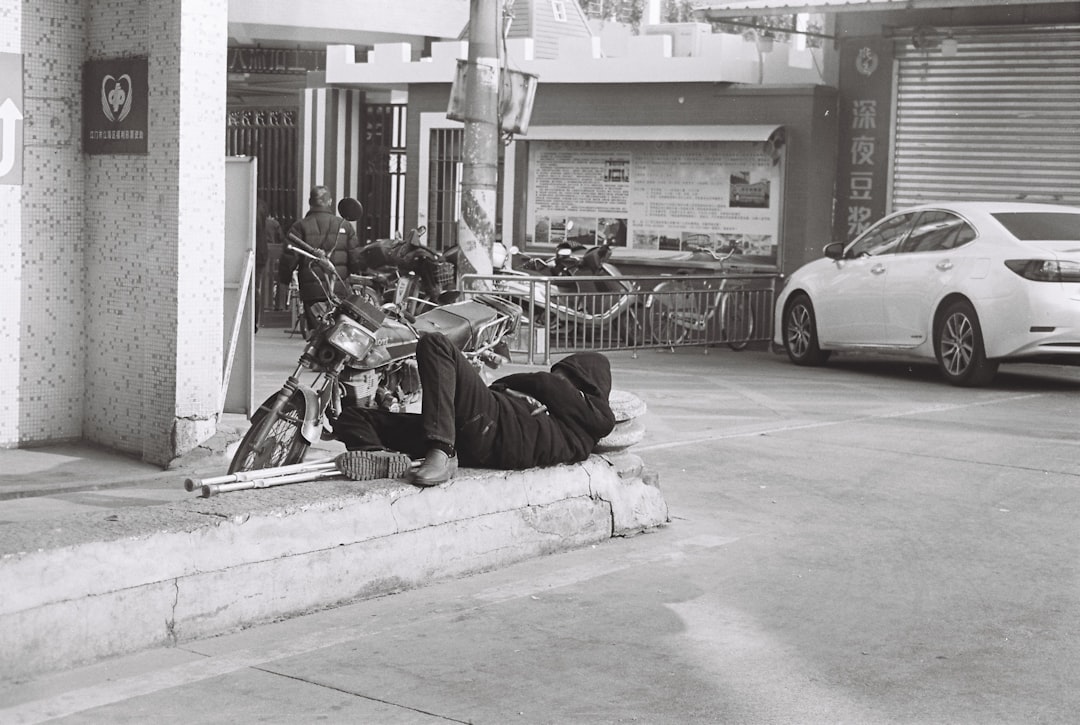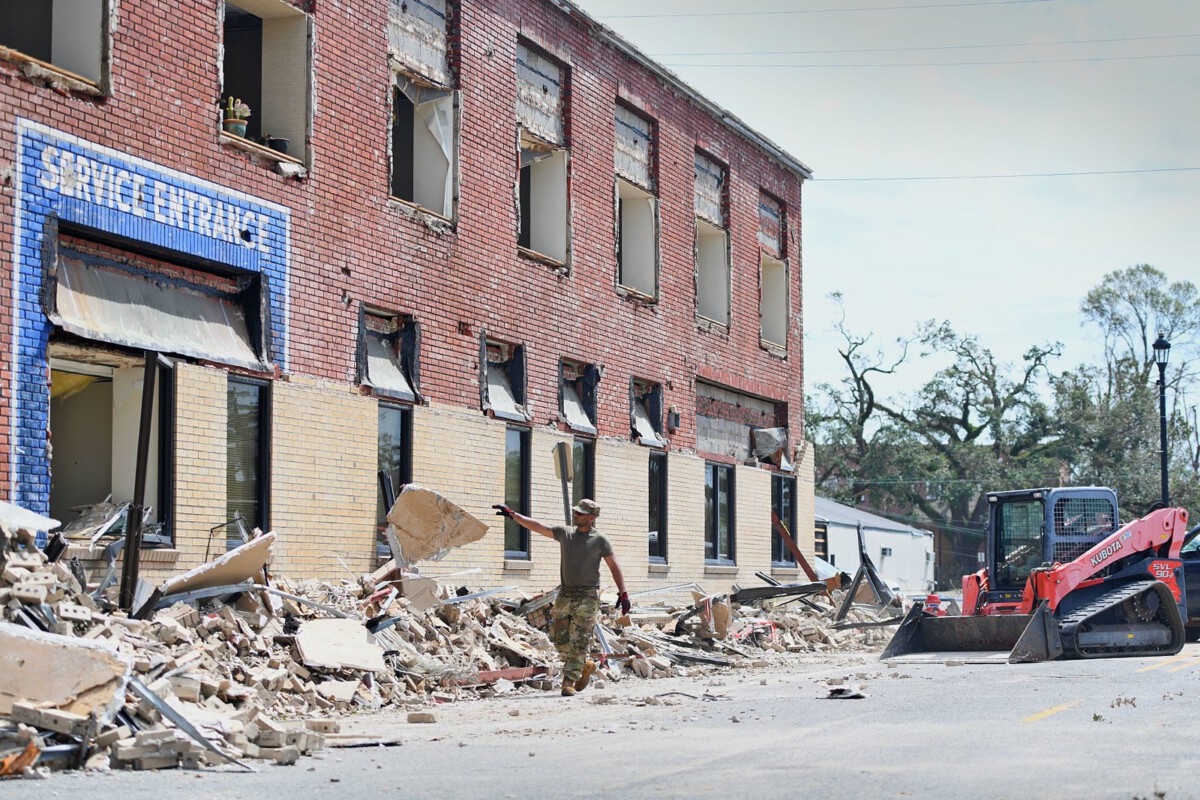The Hidden Crisis Unleashed by Storms (Image Credits: Unsplash)
Storm clouds linger over flooded streets, where families sift through debris under a relentless gray sky, searching for a way to piece their lives back together.
The Hidden Crisis Unleashed by Storms
Imagine losing everything in a single night of howling winds and rising waters. For those already on the edge, hurricanes like Helene and Milton don’t just destroy homes – they shatter any fragile sense of security. Recent studies show that disaster recovery often leaves the homeless even more vulnerable, pushing them further into instability.
In places like Florida, where anti-camping laws have tightened just before these storms hit, the fallout is especially brutal. Emergency shelters fill up fast, but what happens when the winds die down? People end up back on the streets, facing not only ruined belongings but also a system that feels stacked against them.
It’s a stark reminder that natural disasters amplify existing inequalities. Without targeted support, recovery becomes a distant dream for the most affected.
What a New Study Reveals About Cash Aid
A fresh look from USC researchers drops a bombshell: handing out $750 a month to unhoused folks does make a difference, but it’s no magic fix. Participants reported feeling more stable day-to-day, with fewer sleepless nights and better access to basics like food and meds. Yet, when it came to landing permanent housing, the needle barely moved.
This isn’t just theory – it’s based on real trials in California, where the cash flowed without strings attached. People used it wisely, covering essentials that let them focus on bigger goals. Still, in high-cost areas, that amount often falls short of rent deposits or security fees.
The takeaway? Basic income helps plug immediate gaps, especially post-disaster, but it needs backup from housing programs to truly shift outcomes.
How Hurricanes Devastate the Unhoused
During a hurricane, the homeless face risks that housed folks can barely fathom. No sturdy walls mean dodging flying debris or drowning in flash floods, and evacuation orders often leave them behind. In Sarasota, for instance, thousands scrambled for safety as Ian approached, relying on overcrowded buses or sheer luck.
After the storm, rebuilding is twice as hard. FEMA’s $750 one-time aid – clarified as a grant, not a loan – offers a start, but it’s gone in a flash amid skyrocketing prices for tarps, food, and temp spots. Florida’s recent laws banning outdoor sleeping only compound the issue, turning survival into a legal battle.
These events expose deep flaws in our safety nets. Without proactive plans, like dedicated storm shelters for the unhoused, disasters breed more long-term hardship.
Breaking Down What $750 Actually Covers
Let’s get practical. That monthly check might cover a week’s groceries or bus passes to job interviews, easing the constant scramble. In the USC study, recipients cut down on emergency room visits and leaned less on food banks, freeing up mental space for planning ahead.
However, in hurricane-ravaged zones, costs spike – think $50 nightly motel rates that eat the aid alive. It’s enough to stabilize, say, by paying for a storage locker to save soggy belongings, but not to compete in rental markets where first months’ rent hit thousands.
Pair it with vouchers or low-income housing lots, and the impact grows. Alone, though, it’s like a band-aid on a broken leg – helpful, yet incomplete.
Voices from the Frontlines and Policy Shifts
Stories from storm survivors paint a vivid picture. One Florida outreach worker noted how unhoused folks banded together during Milton, sharing what little they had, only to face eviction threats from cleared lots afterward. Cash aid could bridge those gaps, letting people afford a friend’s couch or a cheap room while applying for aid.
Experts push for smarter policies, like expanding basic income pilots tied to disaster zones. California’s experiments show promise, but scaling them nationwide means tackling local barriers, from zoning laws to budget fights. In the wake of recent hurricanes, calls for federal tweaks to FEMA funds are growing louder.
Change feels urgent. If we learn from these trials, we could turn short-term relief into lasting security.
Comparing Aid Options in a Crisis
| Aid Type | What It Provides | Limitations |
|---|---|---|
| FEMA One-Time Grant | $750 for essentials post-storm | Quick but temporary; no ongoing support |
| Monthly Basic Income | $750 recurring for stability | Helps daily needs, but insufficient for housing in high-cost areas |
| Housing Vouchers | Subsidized rent long-term | Waitlists are long; not always disaster-focused |
This snapshot highlights why a mix works best. One-time payouts handle the chaos right after a hurricane, while monthly cash builds resilience over time. Vouchers seal the deal for actual roofs overhead.
Still, access varies wildly by state. In Florida, blending these could counter the criminalization trends making recovery tougher.
Key Takeaways
- Cash aid like $750/month stabilizes lives but rarely leads to permanent housing alone.
- Hurricanes hit the homeless hardest, worsening cycles without tailored disaster plans.
- Combining income support with vouchers offers the strongest path forward for recovery.
As storms grow fiercer, rethinking aid isn’t optional – it’s essential to break the homelessness trap for good. What steps should we take next to make this a reality? Share your thoughts in the comments.




